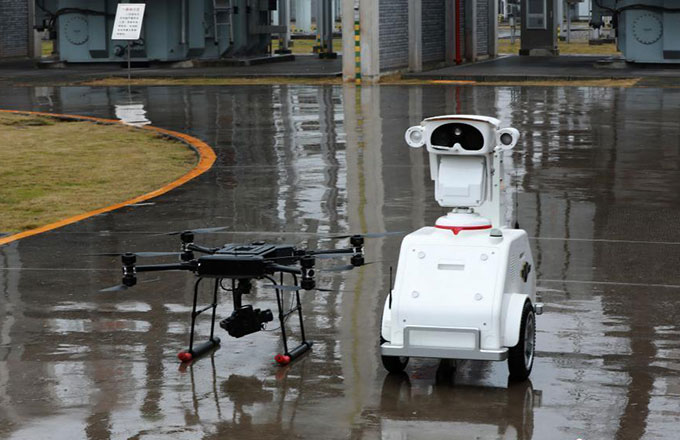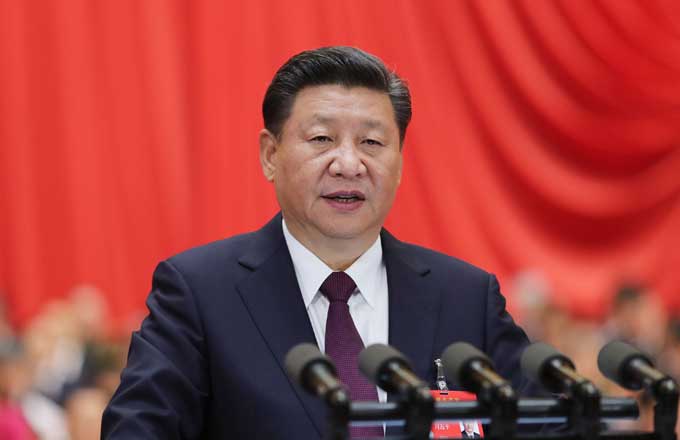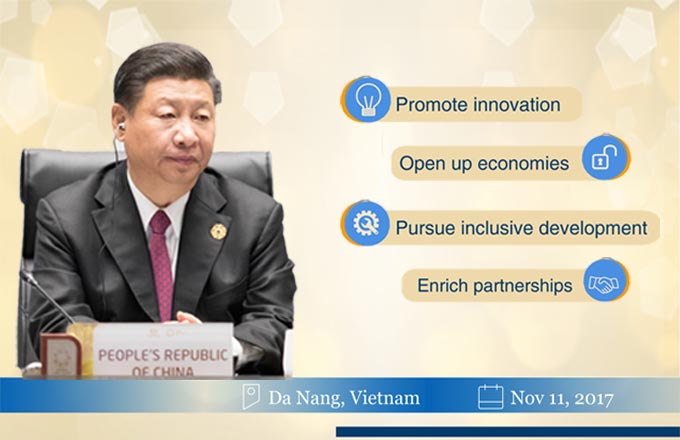Powering forward
Dream makers
China has made great progress in many of its scientific and technology programs, and it has made significant breakthroughs in recent years in the fields of aerospace, aviation, high-speed railways and communication systems.
Starting from scratch, China's ever-expanding multi-billion-dollar space program has become a source of national pride and a notable marker of the country's growing technological expertise.
And investment in the development of military and commercial airliners has borne fruit with the nations' first stealth fighter and passenger jet. Likewise, it has enabled the development of new high-speed trains featuring independent technology and the first successful quantum communication systems.
Along with these achievements, the Beidou Navigation Satellite System, Jiaolong manned submersible, methane hydrates extraction technology, radio telescopes, wind and solar energy, nuclear power technology and super computers are also pride-worthy achievements that are believed of great value to not only the upgrading of China's industries and the restructuring of its economy, but more importantly making it a leader in the new technology revolution.
The remarkable scientific and technological progress the country has made has largely been the result of China's financial input in research and development, especially in recent years. Over the past 20 years, China's input into scientific R&D has increased at a double-digit rate each year on average. Statistics show China's funding of scientific R&D exceeded that of Europe in 2014, and it is expected to overtake the United States in 2020.
Governments at various levels along with enterprises have attached great importance to attracting top research and engineering talents from overseas to their labs, institutes and industrial parks. Chinese enterprises have also successfully acquired foreign companies with strong R&D capabilities enabling the country to quickly narrow the technology gap that has existed with advanced countries.
Also, since the 1950s, China has built one of the most complete industrial systems in the world and the largest consumer market. The variety of industrial departments provides broad space for the application of new technology, and the industrialization of innovations subsequently boosts new research.






















